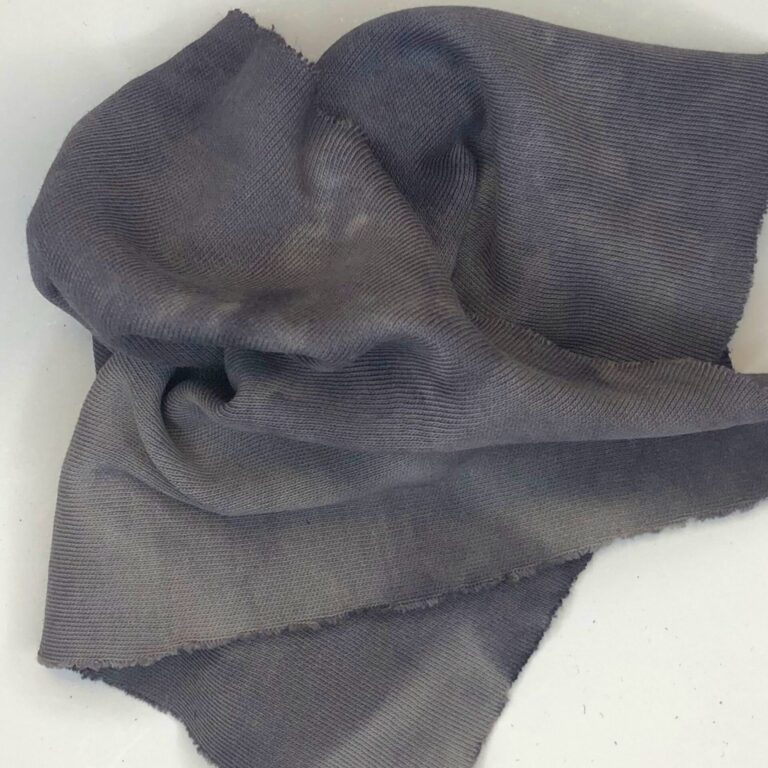matter: conker husks
orange | brown | grey | black
50% WoF
The fruit of this tree is unmissable when thinking of an autumn stroll through the park. When the leaves start falling from the trees, the grounds are covered with gorgeous shiny horseshoe chestnuts. And people have been foraging them for hundreds of years.
It is unknown how the tree got its name but there are two interesting theories. The first is that it comes from the horseshoe-like mark that leaves leave on the tree when they fall off in autumn. The second is that the conkers of the tree have been used for treating coughs and airway obstructions in horses. The tree is native to the Balkan peninsula but has spread to Southern Europe, Asia, and the Himalayas. It can grow in any place that has a well-drained, acidic soil with a sandy texture and it is often found in parks, gardens, and along streets.
Fascinating stories and superstitions are connected to this tree and its fruits. The Bible references this tree as a symbol of strength and beauty, leading to its comparison with the Assyrian empire. Moreover, it mentions the way in which the tree becomes “naked” when it sheds its bark. Interesting superstitions about the chestnuts are that they bring wealth into your life. The chestnuts can be used for cleansing or banishing rituals and spells. And it is said that if you keep a bowl of chestnuts on your coffee table it can help achieve a peaceful mind.
For medicinal purposes, the chestnuts were used for joint pain, bladder problems, fever, and other health conditions. It is even said to help with male infertility caused by swollen veins. However, they should not be ingested because they are poisonous. The chestnuts are also used in cosmetics for hair- and personal care products. For example, due to their skin-soothing properties.
!Warning! Unlike other kinds of chestnuts, the Horse chestnut Conkers are poisonous for humans. Therefore they should be handled with gloves, not be ingested or stored unsealed in living rooms for longer periods.
planting period
spring or fall
blooming period
april-june
harvest period
september-october
soil
ideal pH: 4.5-6.5
moist, well drained, light-heavy soil
sun
full sun to partial shade
water
every 2-3 days in establishing phase
matured tree is relatively through tolerant
planting
level the root collar with the surrounding soil surface
6 to 8 m apart
germination
Use multiple conkers to germinate to enlarge the success rate. Start the germination, by planting them in a midsize container (~20l) along with composted, well-draining soil. Wait while watering regularly, until the conker opens up and you see some growth. Upgrade to a bigger pot as roots fill the first container or plant them into the ground.
When transferring, the planting hole should comfortably accommodate the tree’s root system. Meaning, it should be deep enough so that the root collar (the point where the trunk meets the roots) is on the same level as the soil surface.
maintenance
pruning: Within the establishing phase, the horse chestnut tree should be pruned once a year. Either in early spring before the sap starts to flow or in fall after the leaves drop. Remove low, crowded or crossing branches. As the tree matures, reduce pruning to every three to five years.
fruit/husks harvest
The fruits of the horse chestnut tree, so-called conkers grow along the branches in prickly husks. These will start falling around early fall. Therefore they just need to be picked up from the ground. The husk usually opens upon impact, making it convenient to separate the conker from its husk. Store the husks in breathable fabric in a dry and warm location, till fully dried.




2nd extraction






100%

2nd extraction, 50% estimated

3rd extraction, 30% estimated